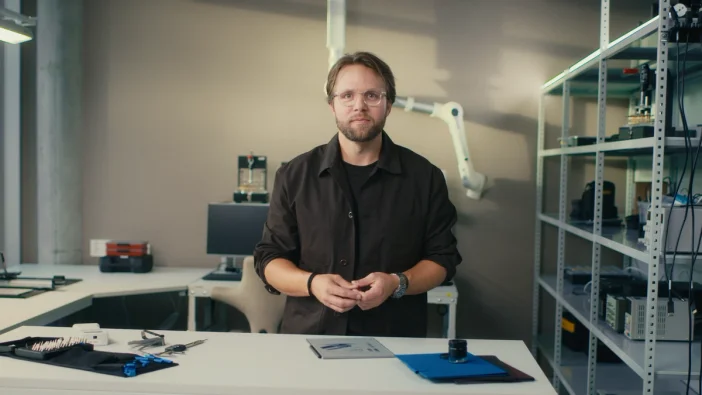Inside reMarkable
Meaningful mapping
Effective emissions mapping is key to our sustainability efforts. By analyzing each component of our paper tablets, we're committed to reducing environmental impact.

One of the things we consider a positive in the sustainability space for our paper tablets is the way they’re carefully designed to be as simple as possible inside. This means not just better durability, but also lower production emissions when compared with many other traditional tablets and computing devices. That said, the reality is that making a device like reMarkable Paper Pro nevertheless requires sourcing over 500 components from different suppliers and sub-suppliers.

Effective emissions mapping is the starting point for innovations that make for more sustainable products and services. It’s an important process to get right. So we look closely at every component, where it comes from, and the emissions impact it has all the way from production through to its placement in a paper tablet or accessory. The challenge for many tech companies, not just reMarkable, is the gathering, processing, and understanding of all this information.
Across the tech industry most data comes from averages based on standard databases. These are supplied by consulting firms like CEMAsys, and the purpose is to increase the share of primary data that comes directly from suppliers. The result is emissions numbers that are evidence-based estimates, which can mean the numbers change over time depending on primary data access. This is part of the reason for the difference in emissions numbers between our paper tablets. As we increase the share of primary data, the accuracy of those estimates increases as a result.
Other differences simply stem from device size and complexity. While we are big believers in simplicity being a driver for great design, the additional functionality and technology in reMarkable Paper Pro and reMarkable Paper Pro Move requires additional production resources.
To increase our access to primary data, we continuously work with our suppliers on improving the amount and accuracy of the information that comes from sub-suppliers, who in turn work on improving calculations of the CO2e footprints of their individual components and materials. It’s a process that takes time, and includes establishing and maintaining an accurate picture of all suppliers and sub-suppliers. Part of this work also includes implementing KPIs (Key Performance Indicators) with suppliers related to the CO2e data of components.
Emissions are a significant factor in our process of selecting components, but there’s a long list of additional aspects that are considered, including waste in manufacturing, durability, potential for refurbishment, and end-of-life recyclability. Like everything associated with our approach to sustainability, it’s a process, and we’re always looking at ways we could potentially improve.


